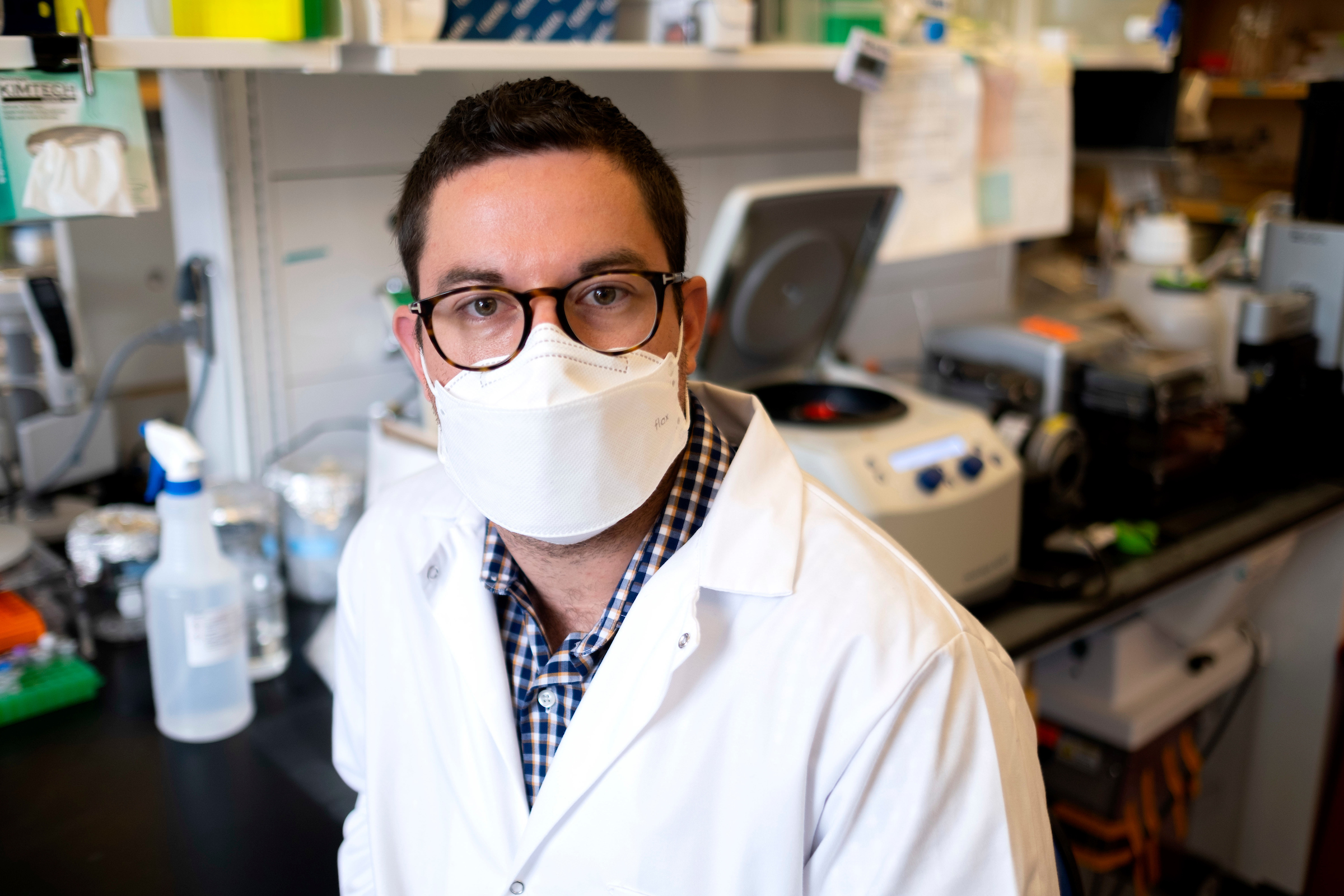- Membership
- Perks and Discounts
- Things To Do
- Resources
- News
- About
- Shop
Related Content
Program Increases Suicide Prevention Efforts
July 16, 2024
A recently completed yearlong initiative to reduce suicide in North Carolina involved working with officials...
Read MoreBeyond the Stars
May 3, 2024
Now in its 75th year, the Morehead Planetarium and Science Center reaches more students and...
Read More‘A Compelling Project for Good’
March 8, 2024
When Irving Hoffman ’94 (MPH), director of international operations for the Institute for Global Health...
Read More-
2024
-
2023
-
2022
-
2021
-
2020
-
2019
-
2018
-
2017
-
2016
-
2015
-
2014
-
2013
-
2012
-
2011
-
2010
-
2009
-
2008
-
2007
-
2006
-
2005
-
2004
- Academics and Athletics
- Admissions
- Alumni Profiles
- Alumni Recognition
- Around Town
- Arts
- Books
- Campus Profile
- Campus Safety
- Carolina Alumni Awards
- Carolina Alumni Leadership
- Carolina Alumni Programs and Outreach
- Carolina Alumni Reunions
- Carolina Alumni Review
- Celebrations
- Championships
- College and Costs
- Commencement
- Coronavirus
- Discovery
- Extracurricular
- Faculty
- Faculty Awards
- For the People
- Go Heels
- Greek Life
- Hark the Sounds
- Higher Education
- Homecoming
- In Class
- In Memoriam
- Innovation and Technology
- Issues
- Object Lesson
- On View
- Our Treescape
- Philanthropy
- Podcast
- Public Service
- Race and Reckoning
- Research
- Sexual Assault
- Silent Sam
- Sports
- Structures
- Student Achievement
- Students
- Timelines
- Tuition and Financial Aid
- UNC Libraries
- UNC’s History
- Undergraduate Spotlight
- University Achievements
- University Awards
- University Budget Issues
- University Development
- University Leadership
- University News
- University Rankings
- What We Do
- Who We Are
- Young Alumni
- Yours at Carolina
New Universal Coronavirus Vaccine Developed at UNC Shows Promise
Posted on June 24, 2021
David R. Martinez, a postdoctoral researcher at UNC’s Gillings School of Global Public Health and one of the study’s lead authors, says the findings “suggest we can design more universal pan coronavirus vaccines to proactively guard against viruses we know are at risk for emerging in humans.” (UNC photo/Jon Gardiner ’98)
Scientists at UNC’s Gillings School of Global Public Health have developed a vaccine they say could be effective against COVID-19, its variants — and a future coronavirus pandemic.
While no one knows which virus may cause the next outbreak, coronaviruses remain a threat after causing the SARS outbreak in 2003 and the global COVID-19 pandemic.
According to a study published June 22 in Science, the vaccine designed at UNC protected mice from the current SARS-CoV-2 coronavirus, plus a group of coronaviruses known to make the jump from animals to humans.
The lead study authors are David R. Martinez, a postdoctoral researcher at the Gillings School and a Hanna H. Gray Fellow at the Howard Hughes Medical Institute, and Ralph Baric, an epidemiologist at Gillings and professor of immunology and microbiology at UNC’s School of Medicine, whose research has led to new therapies to fight emerging infectious diseases.
“Our findings look bright for the future because they suggest we can design more universal pan coronavirus vaccines to proactively guard against viruses we know are at risk for emerging in humans,” Martinez said. “With this strategy, perhaps we can prevent a SARS-CoV-3.”

“The vaccine has the potential to prevent outbreaks when used as a variant is detected,” says epidemiologist Ralph Baric of the Gillings School, the study’s other lead author. (UNC photo/Megan May)
UNC researchers are playing a key role in coronavirus vaccine development. After testing the effectiveness of the first generation of COVID-19 vaccines, they pivoted to look at a second-generation vaccine: one that targets sarbecoviruses, Baric said.
Sarbecoviruses, part of the large family of coronaviruses, are a priority for virologists after two caused devastating disease in the past two decades: SARS and COVID-19.
The team’s approach started with mRNA, or messenger RNA, which is similar to the Pfizer and Moderna vaccines being deployed in the COVID-19 pandemic. But instead of including the mRNA code for only one virus, they welded together mRNA from multiple coronaviruses.
When given to mice, the hybrid vaccine effectively generated neutralizing antibodies against multiple spike proteins — which viruses use to latch onto healthy cells, including one associated with B.1.351, known as the South African variant.
“The vaccine has the potential to prevent outbreaks when used as a variant is detected,” said Baric, a trailblazer in pandemic preparedness who advocates proactive, rather than reactive, tracking of emerging coronaviruses.
The study includes data from mice infected with SARS-CoV and related coronaviruses; the vaccine prevented infection and lung damage in the mice. Further studies could put the vaccine on track for human clinical trials next year.
The lead authors of the study worked with a team of scientists from UNC, Duke University School of Medicine and the University of Pennsylvania Perelman School of Medicine.
The National Institutes of Allergy and Infectious Disease at the National Institutes of Health and the N.C. Policy Collaboratory at UNC, with funding from the N.C. General Assembly, supported the study.
© 2024 Carolina Alumni
